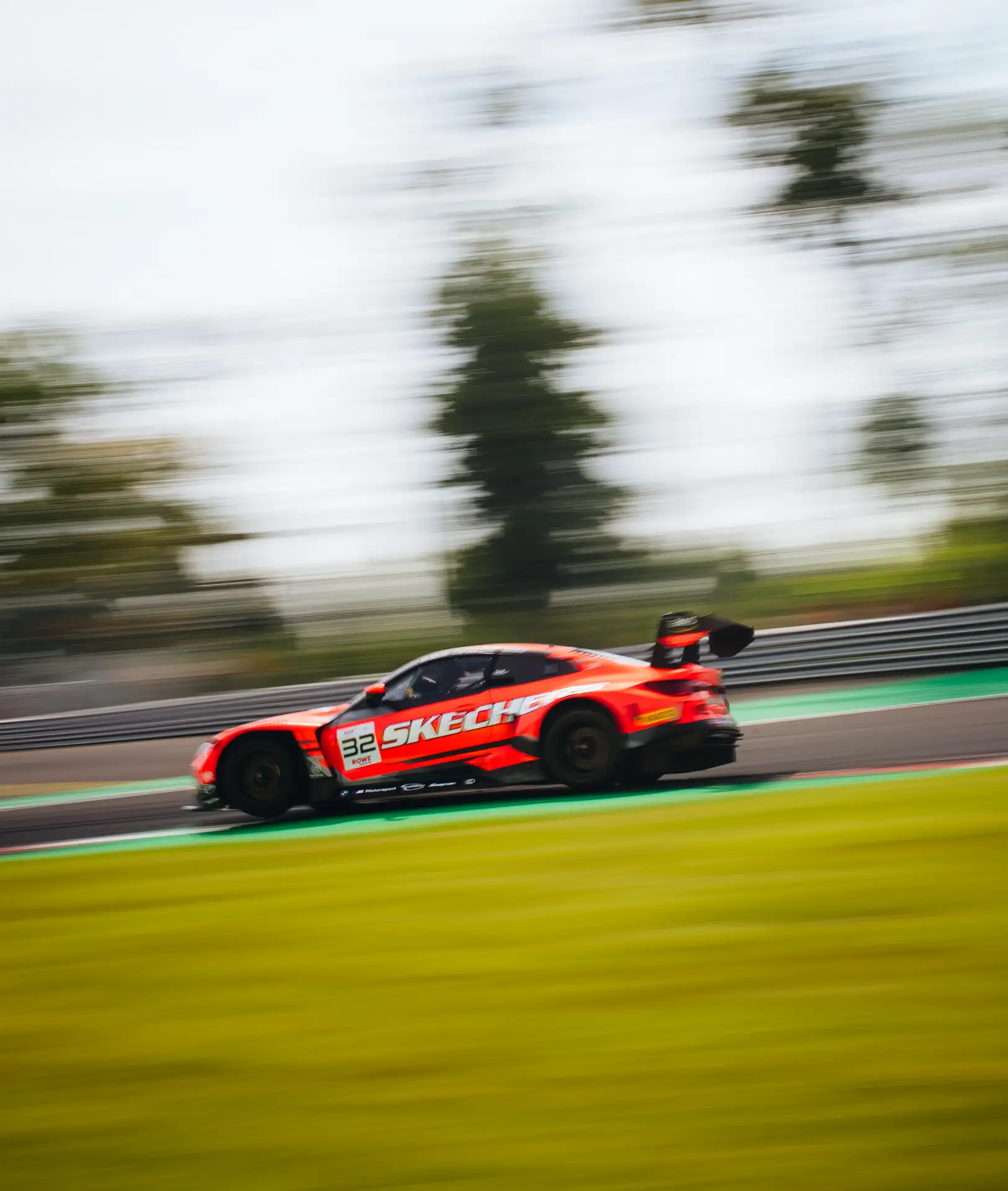Audi RS 5 DTM
The new Class 1 regulations coming into effect in the Japanese Super GT Championship in 2020 as well are ringing in a new era in the DTM in 2019 primarily in terms of technology. The previous naturally aspirated V8 engines will be replaced by newly designed racing engines with four cylinders, two liters of displacement plus turbocharging that deliver a good mix of output and efficiency. At Audi, particularly the four-cylinder two-liter turbo units are important internal combustion engines in production cars worldwide.
“The new DTM car has terrific muscle and momentum” enthused Nico Müller. “The turbo engine has awesome acceleration. We’re going to reach top speeds that the DTM has never seen before. The power boost is really noticeable. This is going to make even greater demands on us drivers. The car also looks really fast when you stand trackside. The sound is fascinating too.”
Completely new as well is the car’s aerodynamics: the rear wing, underfloor, front and rear diffusor were redefined by the regulations for the 2019 season. At the same time, the engineers adapted the front end to suit the more compact turbo engine and its cooling requirements. Due to the clearly modified airflow, the Audi RS 5 DTM sports an even more aggressive look at the fore than its predecessor.
Other cars

BMW M4 GT3 EVO
At 09:40 on 18th July 2020, the wait was over: the BMW M4 GT3 completed its first kilometres when it was rolled out of the BMW Group plant in Dingolfing, Germany. In February, the 590-hp P58 engine in...

Fun Cup EVO3
WRT has developed the 3rd generation of the Fun Cup, a real race car for everybody, keeping the same philosophy from the 1st generation: fun for an affordable price.With more than 500 Fun Cup cars sol...